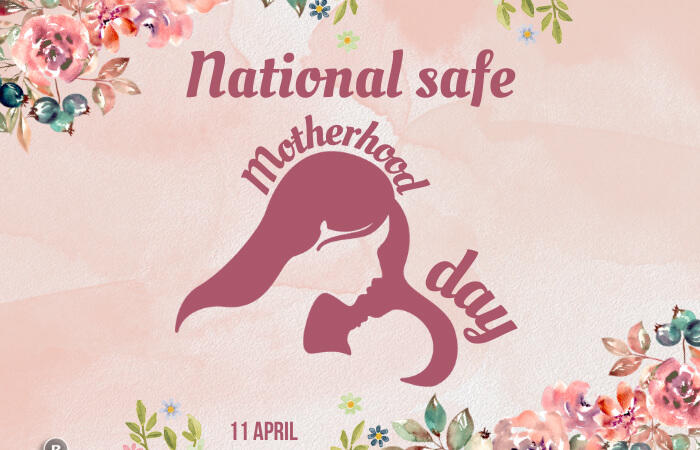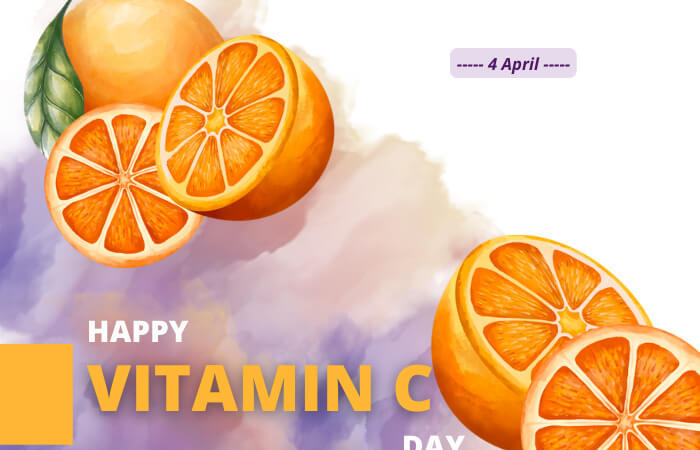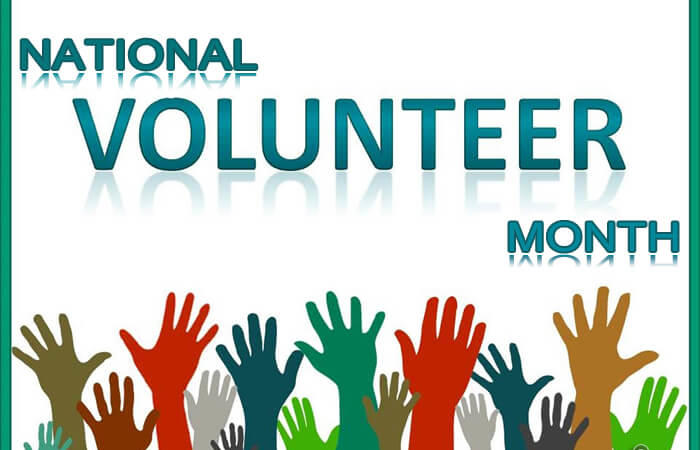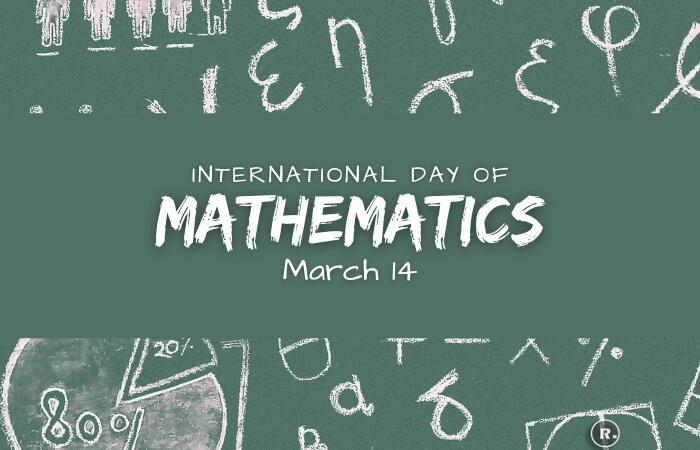National Typewriter Day – 23 June
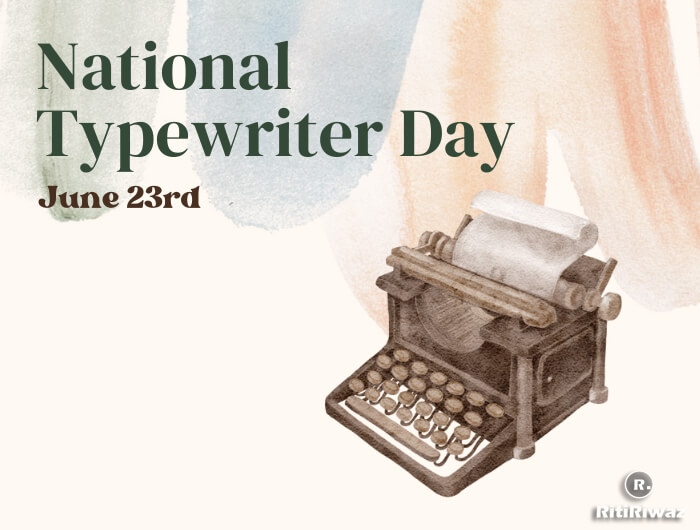
A typewriter was a major thing and was very common in the old days, it was a mechanical device that can type directly on a sheet of paper. National Typewriter Day celebrates the amazing device that was introduced into American businesses and may have been just as revolutionary as the introduction of the computer was a few decades ago.
On June 23, 1868, the first machine known as the typewriter was patented by a printer and journalist Christopher Latham Sholes of Wisconsin. Sholes’ invention was the first to be practical enough for mass production and use by the public.
Though it was not the first personal printing machine attempted—a patent was granted to Englishman Henry Mill in 1714, yet no machine appears to have been built—Sholes’ invention was the first to be practical enough for mass production and use by the general public.
History of Typewriter Day
Many inventors were looking at machines that could type in the 19th century. Many devices that were introduced at that time were large and cumbersome and were very slow to use than handwriting. The first patient for the typewriter was granted on January 7, 1714, but it is years before the first typewriter was invented. In 1808, Pellegrino Turri build the first typewriter for his friend, Countess Carolina Fantoni da Fivizzano. He also invented carbon paper, which was used for the machine’s ink. Between 1829 and 1870 inventors in Europe and the US patented numerous writing machines with a wide range of designs.
The man known as the “Inventor of the Typewriter” is Christopher Sholes of Milwaukee. It was on June 23, 1868, when the American inventor Christopher Latham Sholes was granted the typewriter patent. Christopher Latham Sholes was the first one who marketed the typewriter to be commercially Sucess.
With keys that looked more like they belonged on a piano keyboard, the original typewriters looked very little like the manual typewriters you might happen upon today. The 1868 patent was sold to E. Remington & Sons (then known for manufacturing sewing machines), who began production on March 1, 1873, under the name Sholes and Glidden Type-Writer. This model eventually became the Remington Typewriter and it is this machine that popularized the QWERTY layout we are still using on our computer keyboards. He created that layout to separate common letter combinations so that the bars would not stick together and jam as frequently when using his device. In 1878, he added a shift key to give users the option of lowercase or uppercase letters.
Mark Twain was the first author to submit a book manuscript in typed copy, having bought a typewriter in 1874. The typewriter became a symbol of a certain type of writer, and many are still preserved in the estates or museums of well-known authors. The original typewriter’s most ubiquitous impact on modern society, seen all around the world on computer keyboards and mobile phones, is its key layout known as QWERTY.
In 1893, the producers of the five leading up strike typewriter brand–Remington, Caligraph, Smith Premier, Densmore, and Yost–merged to form the Union Typewriter Company of America or Typewriter Trust, as it was referred to in newspapers of the era.
The invention of the typewriter led to the keyboards on the computers of today.
Suggested Read: International Caps Lock Day
How to Celebrate Typewriter Day
Celebrate the day by organizing a typewriting contest, and the winner will be the one who types fastest with the least number of errors.
Spend some time appreciating the sound of the typewriter which once was the only means to type in offices. Promote the day by sharing day one on your social media by using the hashtag #NationalTypewriterDay. Avoid using computers and emails for the day, and send it in the post or mail typed.
Suggested Read: Important Days In June


